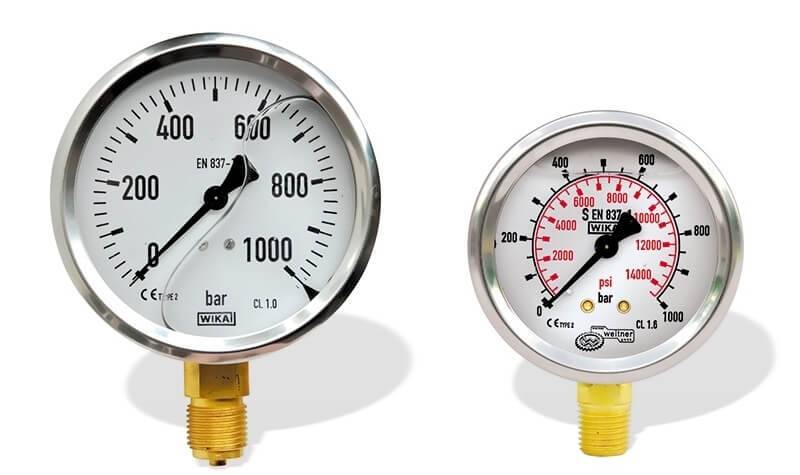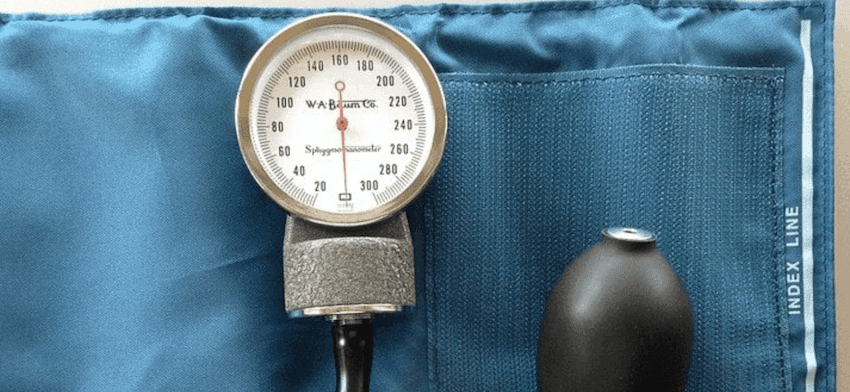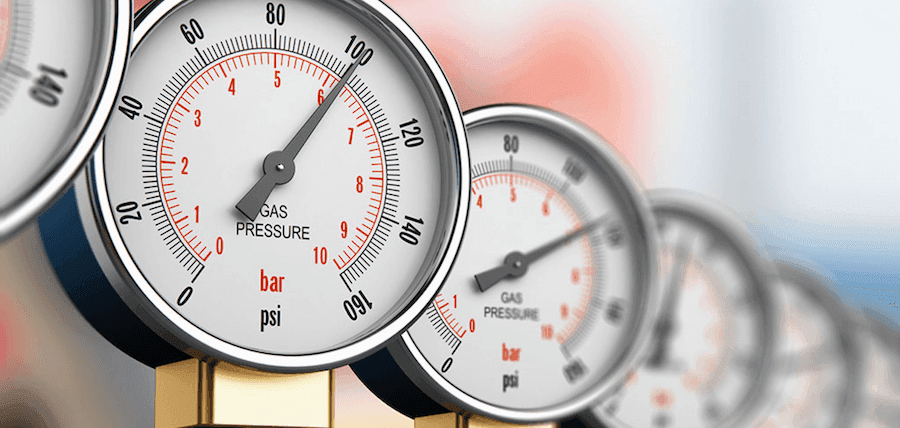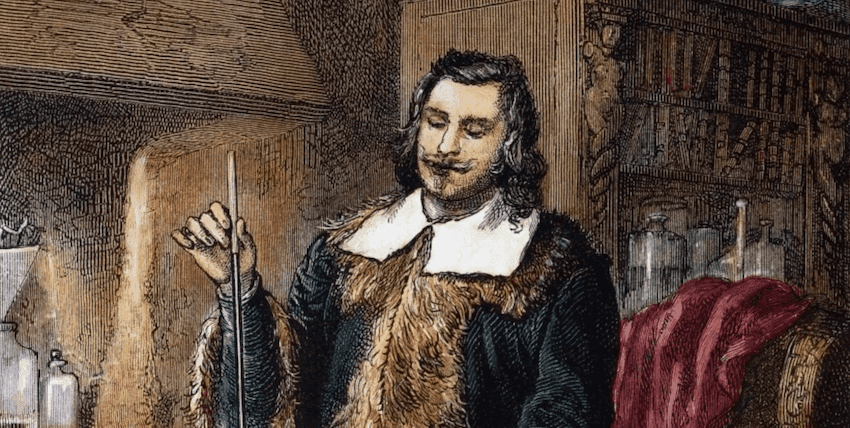Pressure Units
22 marca 2023 | Units
Pressure is a scalar physical quantity that defines the value of force acting perpendicular to a surface divided by the size of that surface. Pressure depends on many factors, such as temperature, density, or state of matter.

Introduction
Pressure is a physical quantity that plays a key role in many fields of science and technology, such as meteorology, engineering, medicine, and even cooking. Pressure measurement is essential for understanding and controlling various phenomena, processes, and systems. In this article, we will discuss various pressure units, their origins, and applications. Pressure units describe the force acting on a unit area. They are used to describe atmospheric pressure, pressure within hydraulic systems, blood pressure in blood vessels, and many other phenomena. Therefore, there are many different units used worldwide. Our pressure unit converter application is available here - Pressure Unit Converter
Pressure Units - SI System
In the International System of Units (SI), the base unit for pressure is the pascal (Pa). Pascal is the pressure exerted by a force of 1 newton (N) on an area of 1 square meter (m²). Pascal is a relatively small unit, so multiples are often used, such as hectopascal (hPa), kilopascal (kPa), or even megapascal (MPa), which is 1,000,000 Pa.
Pressure Units - Imperial System
In countries using the imperial system, the pressure units are pounds per square inch (psi) and inches of mercury (inHg). Pound per square inch describes the force exerted by one pound on an area of one square inch, while inch of mercury refers to the pressure exerted by a column of mercury one inch high.
Other Pressure Units
One of the historical pressure units is the atmosphere (atm), which is defined as the atmospheric pressure at sea level at standard temperature. One atmosphere is equal to about 1013.25 hPa. Another unit, the bar, is similar to the atmosphere, where 1 bar = 1000 hPa. The unit used in medicine to measure blood pressure is millimeters of mercury (mmHg), where 1 mmHg is the pressure exerted by a column of mercury one millimeter high.

Millimeter of mercury describes the pressure exerted by a column of mercury one millimeter high on a unit area. The term has its roots in the invention of the mercury barometer by Evangelista Torricelli in 1643. The mercury barometer was the first device that allowed the measurement of atmospheric pressure. 1 mmHg is equal to the pressure exerted by a column of mercury 1 millimeter high. 1 mmHg ≈ 133.322 Pa (pascals). Although the mmHg unit is not part of the SI system, it is still used in some fields, such as medicine (e.g., blood pressure measurement) or meteorology.
The pressure unit "torr" is not part of the International System of Units (SI) and is mainly used to describe very low pressures, such as in vacuum. Its name comes from the Italian physicist and mathematician Evangelista Torricelli. 1 torr is equal to 1/760 of standard atmosphere, which corresponds to the pressure exerted by a column of mercury 1 millimeter high (mmHg). In SI units, 1 torr translates to 133.322 pascals (Pa).
Meter of water column describes the pressure exerted by a column of water one meter high on a unit area. This is particularly useful for measuring hydrostatic pressure, i.e., the pressure exerted by a liquid at rest, and in applications related to water engineering and hydraulics. 1 mH2O ≈ 9.81 kPa (kilopascals). It should be noted that this value may vary slightly depending on temperature, atmospheric pressure, and water density. In practice, however, these differences are often neglected.

Interesting Facts About Pressure Units
Over the centuries, pressure units and measurement methods have evolved, adapting to the needs of science and technology. Thanks to the inventions and research of many scientists, we have better understood the phenomenon of pressure and learned to use it in practice.
Blood Pressure and Stephen Hales: The first blood pressure measurements were conducted by British physician Stephen Hales in 1733. Hales inserted a thin tube into a horse's artery and then measured the height of the blood column in the tube, which allowed him to estimate blood pressure. His experiments became the foundation for further research on blood circulation and blood pressure in blood vessels.
Evangelista Torricelli invented the mercury barometer, the first device for measuring atmospheric pressure. Torricelli noticed that atmospheric pressure could maintain a column of mercury in a closed vessel, which led to the formulation of the millimeter of mercury (mmHg) unit.
 Evangelista Torricelli
Evangelista Torricelli
Summary
Pressure units have a significant impact on various fields of science and technology, from meteorology to medicine. Pressure measurement is a key element of scientific research, and knowledge and understanding of various pressure units allows for precise and effective communication between scientists worldwide. Although most modern applications are based on SI units such as pascal, some historical units like mmHg or mH2O still have their place in certain fields.
Back to articles list